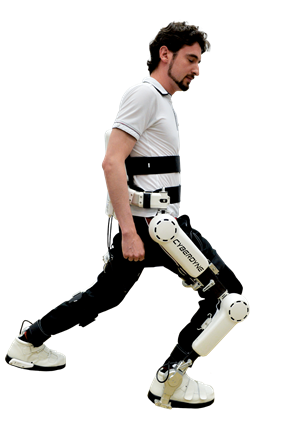Are there examples of companies where older workers are critical?
There are many. Mayekawa Manufacturing Company is a big maker of refrigeration systems that employs some 5,000 people. Mayekawa has a provisional retirement age set at 60, but workers can choose to stay with the company for as long as they want. One employee retired last year at 93. The oldest employee in the company now is 85.
Mayekawa is currently involved in a critical project at the damaged Fukushima Daiichi Nuclear Power Plant, supplying technology involved in the frozen wall in the soil to protect groundwater. It is the only company in the world capable of making a freezing machine such as the one they have deployed. The experience and expertise provided by senior staff was apparently indispensable in the development of this system.
Some companies are using recently retired professionals to teach the most recent skills to their workers. Scientific disciplines, for example, are evolving at an unprecedented pace—information science and robotics, as well as life sciences. Those skills are valuable.
What prompted you to develop your ideas about a Platinum Society?
I was in graduate school, working on a chemical engineering project—the petrochemical industry was booming. A ship anchored in an industrial area of the Dokai Bay in Kitakyushu had its propeller melt in the waters due to the high level of acidity caused by pollution. I was shocked; I wondered, “What kind of work am I involved in?”
The environmental movement was taking off right around that same time. Later, in the 1980s, talk of global warming emerged as I was getting more involved in the management of the University of Tokyo. We formed the Alliance for Global Sustainability between our university and the engineering schools of MIT [in the US] and ETH [in Switzerland] and with it, engaged in serious studies of global sustainability. Through that work, I came to realize that social systems themselves were the problem—not technology.
How does the economic model need to change?
We need to think in terms of society as a whole and on a global scale, and how that affects the individual lives that people are living. There is no point in preserving the Earth if we are going to ignore how people live their lives.
In the US, the conversation is growing about how we can live with capitalism in its current form. Japan has a lot to offer in that conversation. The concept of maximizing profits at all costs was not the basic idea here. For example, the motto of the Omi merchants [of the Edo period, 1603-1868] was “Good for the seller, good for the buyer, good for the community.” Japan’s capitalism has always stressed the need for benefits that are shared by everyone, and this is exactly what we are starting to hear in the US. Western investors complain that “return on equity” is low, but ROE is not the way we think in Japan.
What is the role of younger generations in those changes?
I mentioned earlier that saturation is one of the keywords, but freedom is another. Young people today are free. Back in the Edo period, 90% of Japanese were farmers. The average life expectancy was about 40. These people had no freedom in the sense of clothing, food, shelter, mobility or information.
Venture companies in Japan now are attracting new graduates for a low monthly salary of 200,000 yen [about $1,900]. These graduates are motivated by interesting work. International organizations attract doctors from renowned universities for the same sort of low pay. They take it because they are free—free from physical hardship and free to seek a sense of significance in their profession rather than financial gain. For those kinds of people, I would like to create social systems under which they would receive adequate compensation.

